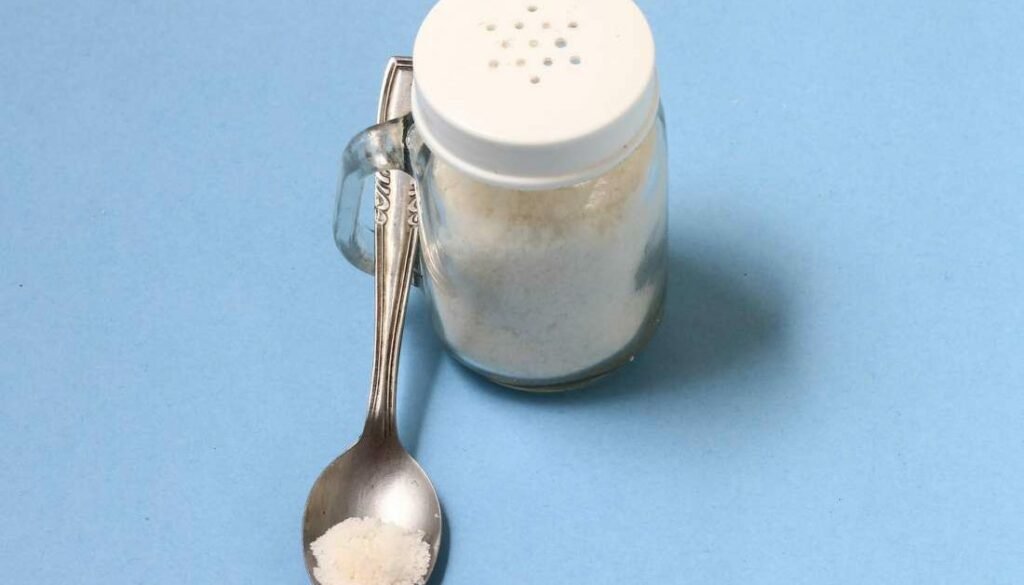10 foods to fight candida

Do you suffer from mood swings, seasonal allergies, digestive problems, or frequent yeast infections? If so, you may have candida overgrowth. But do not worry, candida, when it is not really something to care about, you can treat it yourself at home since surely, in your kitchen you will have some of the foods to combat candida that are really effective.

Candida is one of the scientific names for yeast, which is a form of fungus. A very small amount naturally resides in the mouth and intestines to aid digestion, but medications, diet, and the environment can all change the normal balance of candida.
When overproduced, it breaks down the wall of the intestines and enters the bloodstream directly, where it releases toxic byproducts that can cause leaky gut. The symptoms of candida overgrowth can range from digestive problems to depression.
Table of Contents
How to treat candida?
When it comes to treating candida overgrowth, there are a few key points to keep in mind:
- Starve the yeast.
- Attack yeast.
- Build good bacteria.
First, you want to starve the yeast that feeds on sugar, refined carbohydrates, and the yeast that your food contains. For this reason, you will have to eliminate all sugar, refined carbohydrates, alcohol, dried fruits, fruit juices, fermented foods, vinegars, and mushrooms. You will have to limit grains to 1 cup a day.
Once candida is found, we want to go against it. You can do this with prescriptions to combat fungus, or antifungal supplements, such as caprylic acid, antifungal foods, or a combination of all three.
Prescription treatment is by far the fastest option, but it is not the only way to combat candida overgrowth.
If you don’t want to take an antifungal medicine, consider eating more of the naturally occurring yeast-fighting foods listed below.
Finally, we want to strengthen our body’s defenses against future infections. You can do this by taking a high-quality probiotic supplement.
Foods to fight candida.
The following list of foods includes those whose benefits are recommended as antifungal and also to provide relief when treating some types of infections naturally.
Coconut oil to treat candida.
Coconut oil naturally contains a fatty acid called caprylic acid. This anti-fungus interferes with candida growth and reproduction by poking holes in the yeast cell walls, causing them to die.
Garlic.
Garlic contains allicin, a sulfur-containing compound with natural antifungal properties, specific to candida. When eaten raw, this little meal is one of the best antifungals.
Pure apple cider vinegar.
Apple cider vinegar is a type of vinegar allowed in a diet to fight candida. Research on apple cider vinegar is limited, but it appears that it contains enzymes that help break down candida. Always try to buy vinegar that is pure and organic.
Cruciferous vegetables.
Cruciferous vegetables, such as broccoli, Brussels sprouts, arugula, cabbage, and radishes, contain isothiocyanates, sulfur, and nitrogen – which contain compounds that attack candida.
Ginger.
Ginger contains gingerols and shogaols, anti-inflammatory and antifungal components from ginger root. While ginger is not the most potent antifungal of the bunch, it does provide significant liver support while your body is detoxifying from candida overgrowth.
Olive oil.
Olive, linseed, avocado, and evening primrose oils contain polyphenols, which are antioxidants that can help your body fight candida.
Clove.
Cloves naturally contain eugenol, a powerful essential oil and very effective antifungal when taken internally. Clove oil can also be effective as a topical for fungal infections of the toes and nails.
Cinnamon.
Cinnamon is an anti-inflammatory spice with added antifungal properties. Similar to caprylic acid, which appears to damage yeast cells, causing them to denature and eventually die.
Cinnamon appears to be beneficial in treating candida, H. pylori, and even head lice, but it should not be used during pregnancy or in the presence of a stomach or intestinal ulcer.
Wild salmon
Wild salmon is an excellent source of omega-3 fatty acids, which are also known to fight fungal infections.
Lemon juice.
Lemon essential oil has mild antifungal properties. The main role of lemon in the diet is to help detoxify the liver, as it tries to fight against candida.
Fermented foods are considered “food” for the good bacteria in the intestine, however, it can feed candida as well and if it is too excessive it is counterproductive.
Therefore, it is recommended to eradicate the candida overgrowth and then add the fermented foods to help build up your army of beneficial bacteria.


